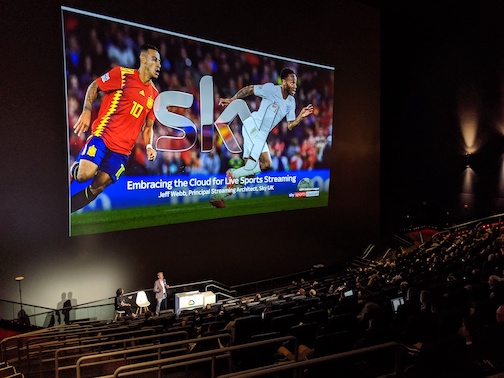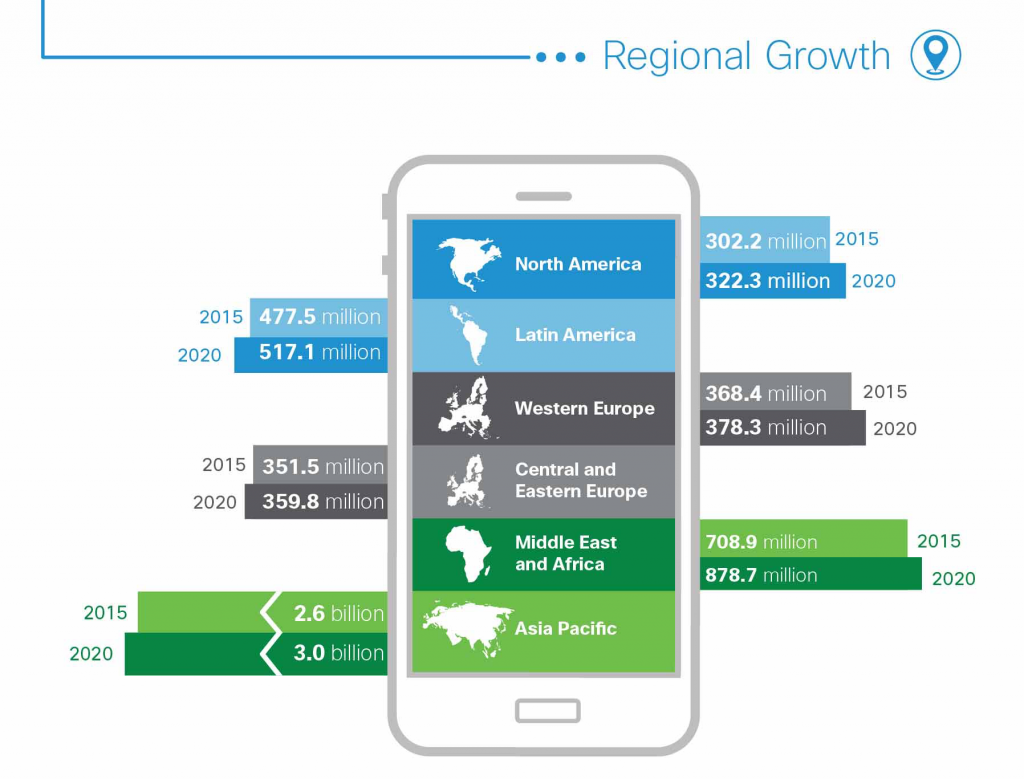Yesterday, I had the pleasure to co-present with Melika Golkaram of Google and Moore Macauley from Harmonic on “Building a next generation streaming platform with Sky”.

Melika reminds us that streaming is a new industry and provides insight into YouTube and how our viewing habits have changed since it’s launch in 2005. One amazing statistic is that we’re now consuming one billion hours of content per day and explains how Google are making the necessary investments to meet the needs of media companies.
I explain (15:25) the technical and business benefits of moving live sports workloads to the cloud and introduce our Software Defined Streaming platform, which is designed for highly available live streaming. We call this concept the Single Channel Fault Domain, where we run a synchronised live channel across two data centres and demonstrate how the system can self-heal without impacting customer viewing.
Moore explains (40:52) how Harmonic collaborated with Sky and Google to solve several difficult engineering challenges and demonstrates a live channel running in google cloud.
17th April Update: Slides are now available.
 Loading...
Loading...


Recent Comments